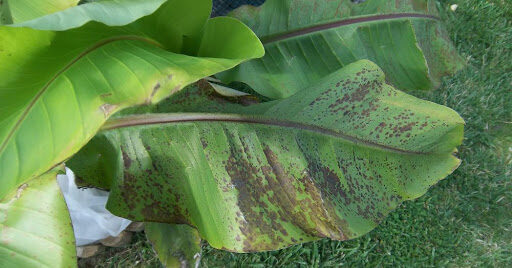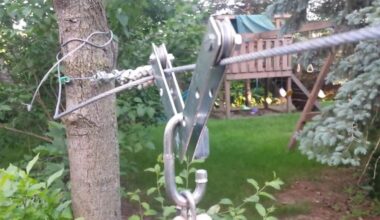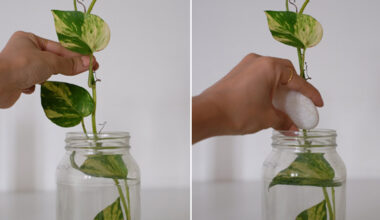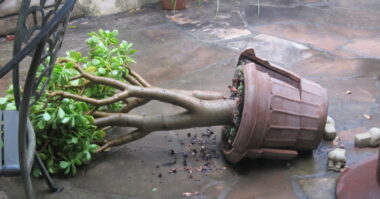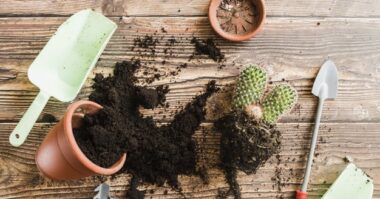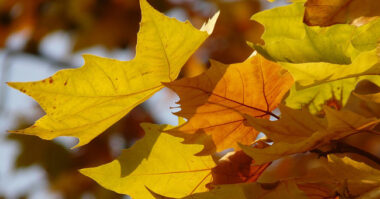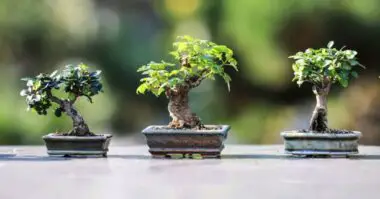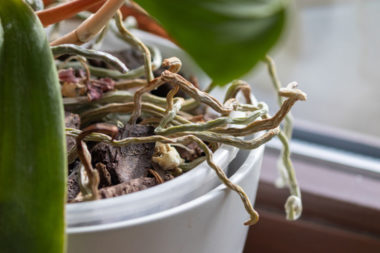Indoor banana plant, although hardy, sometimes suffer from poor maintenance, in most cases their leaves turn brown. It is possible that this browning, followed by drying out, corresponds to the normal aging of old leaves. It is then sufficient to cut them. However, if the alteration of the leaves is accompanied by softening, it may be excess water causing the rhizome to rot.
In this case, stop watering, empty the saucer if it is in a pot, and place it in a warm place to accelerate the drying of the root ball. If the rotting is advanced, try to repot it in a new substrate containing a good third of sand, not without removing all the damaged roots and soaking the root ball in a fungicide solution. If your indoor banana plant is in the ground, the soil may be too wet, install it in a better drained soil.
Another possible cause is blight, if you grow it indoors, behind glass. Screen the light with a veil or move your indoor banana plant to a place less exposed to direct sunlight.
Contents
Main problems of the indoor banana plant
During its vegetative period, i.e. from October to February, the indoor banana plant does not have the same water needs as during the summer season. They are less. And the cooler temperature of the apartments or the air does not allow sufficient evaporation of water through the leaves. As a result, the plant suffocates and dies. In order not to have to suffer this hecatomb anymore, one must be very attentive to the general state of the leaves. If they are small and the banana plant’s stipe is only climbing, it is because there is not enough light and air.
If, on the other hand, they become yellow or even brown and soft, it is a sign of rotting. It is then necessary to intervene very quickly by removing the saucers under the pots and by moving the plant in a warm place to support evaporation. The indoor banana plant must then be repotted by removing the dead and soft roots and its root ball soaked in a solution of Bordeaux mixture or homemade fungicide.
Some leaves may also show yellow spots on the surface due to too much direct sunlight. Moving the plant to a more shady place should be beneficial to it. Finally, if the edge of the leaves starts to dry, it means that the ambient air is not humid enough. For a plant is in pot, it is then best to give it a good bath by “basining” it. Otherwise a good misting and abundant watering will do the trick.
Diseases and pests
The indoor banana plant rarely suffers from disease and is hardly susceptible to parasites. What can be fatal is rhizome rot, usually caused by too much watering, especially in winter. As it is manifested by a yellowing of the foliage, followed by a browning, you will quickly recognize it in its early stages.
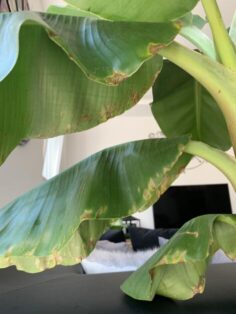
Replanting a banana rejection
The easiest way to replant a banana plant reject is to take an eye/reject at least 8 inches long. And it works even without roots. The regrowth is slower, but effective if you take care to replant it in a rich and moist substrate.
With a situation that is neither too sunny nor too shady and with very little burying of the crown. Then place the pot in a warm place for a quick recovery, which can be further increased if care is taken to bathe the babies in a solution of cuttings hormone . The most careful can even make them take a small bath of fungicide before the burial and thus avoid any risk of contamination to these very fragile plants.
Treating brown leaves on an indoor banana plant
An initial rhizome rot manifests itself by the yellowing of the foliage, including young leaves, and then by a browning.
In such a case, watering should be stopped and the pot of the plant should be kept warm to encourage the evaporation of excess water. You will have to wait until spring to clean up dead roots (usually black and soft) when repotting and soak the entire root ball in a fungicide solution for 10 minutes.
In contrast to this situation, a yellowing of the lower leaves is normal and follows the growth of a new leaf. Older leaves will turn yellow and then dry to brown. At this time you will have to cut them flush with the stem (or false trunk) with a cutter; I always spray a fungicide solution on the stem after these cleaning operations.
You may encounter (especially for greenhouse or verandah crops) annular leaf necrosis problems. Put by a mechanical shock, these yellow or brown spots are generally due to burns by direct sunlight; in this case, you should think about shading the plant slightly.
Summary
Indoor banana plant, although not very susceptible to diseases and pests, generally suffer from cultivation errors, the most common being rhizome rot caused by too much winter watering (sometimes too low temperatures or a cold draught makes the situation worse).
It is therefore necessary to stop watering and put the pot in a warm environment to promote evaporation.
